A quintet of finalist firms and their respective designs for a new National Museum of the U.S. Navy (NMUSM) were revealed late last week by the Naval History and Heritage Command (NHHC) at a public ceremony held in Washington, D.C.’s Navy Yard. The shortlisted contenders, chosen from what NMUSM acting director Charles Swift referred to as a “truly impressive and expansive group of national applicants,” are Bjarke Ingels Group (BIG), Frank Gehry Partners, Perkins&Will, DLR Group, and hometown firm Quinn Evans. “We are incredibly pleased with the singular visions each finalist has developed and are excited to share them with the world,” added Swift.
Described in a press statement as a “state-of-the-art museum that will create a living memorial to the U.S. Navy’s heritage of victory, valor, and sacrifice” while serving as a “lighthouse in the community for education and public events,” the future NMUSM campus is envisioned as spanning 270,000 square feet, including roughly 100,000 square feet of dedicated exhibition space. It would replace the existing U.S. Navy Museum at Building 76, an old gun manufacturing facility within the main gates of the Navy Yard. As reported by the Washington Post, the $450 million new museum will be located near the current one (the aging facility first opened in 1963) at a roughly 6-acre site outside the secured perimeter of the Navy Yard, allowing for greater public access. The site is currently undergoing environmental review.
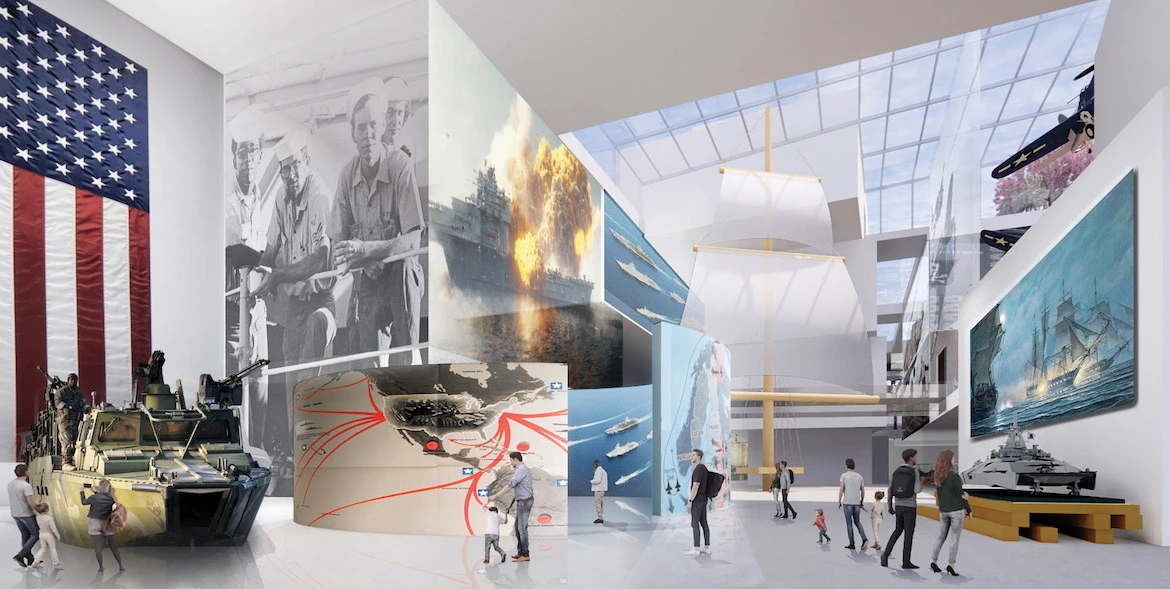
Image by Gehry Partners, courtesy NHHC
The five design concepts selected as finalists in the Mark G. Anderson Consultants–facilitated “artistic ideas” competition are meant to show the full spectrum of possibilities” for a reborn NMUSM, with each set of renderings depicting the new flagship museum rising at the site along M Street SE.
Entrants in the competition—one of the finalists will not necessarily be guaranteed a design contract as the project moves forward and a formal design competition could potentially follow this ideas competition —were tasked with conceiving a “modern, public-facing space” that includes a new building, a ceremonial courtyard, and the potential renovation of adjacent historic structures. Per the announcement, the finalist concepts from each of the five shortlisted firms focused on six core elements: the general building form and massing, the main facility entrance, an atrium, a marquee gallery space, a ceremonial “honor” courtyard, and the use of “macro artifacts, many of which, including Naval aircraft, submarines, and other large-scale historical relics, are shown in renderings as being suspended from ceilings in each of the proposed museum spaces.
Led by architect Ralph Johnson, Perkins&Will’s design, for example, features a building and landscape with “sail-like shapes” with a site-anchoring atrium that “recalls the engineering ingenuity of the hull of a ship.” The proposed facility’s signature gallery, the Subsurface, Surface, Expedition, Aviation, and Space (SSEAS) gallery, “invites visitors on a technological odyssey in which they explore naval acts of courage, fortitude, and conviction” with a spiraling walkway that encircles an interactive digital globe, “taking visitors through immersive experiences beginning ‘below the sea’ and ascending ‘into outer space.’”
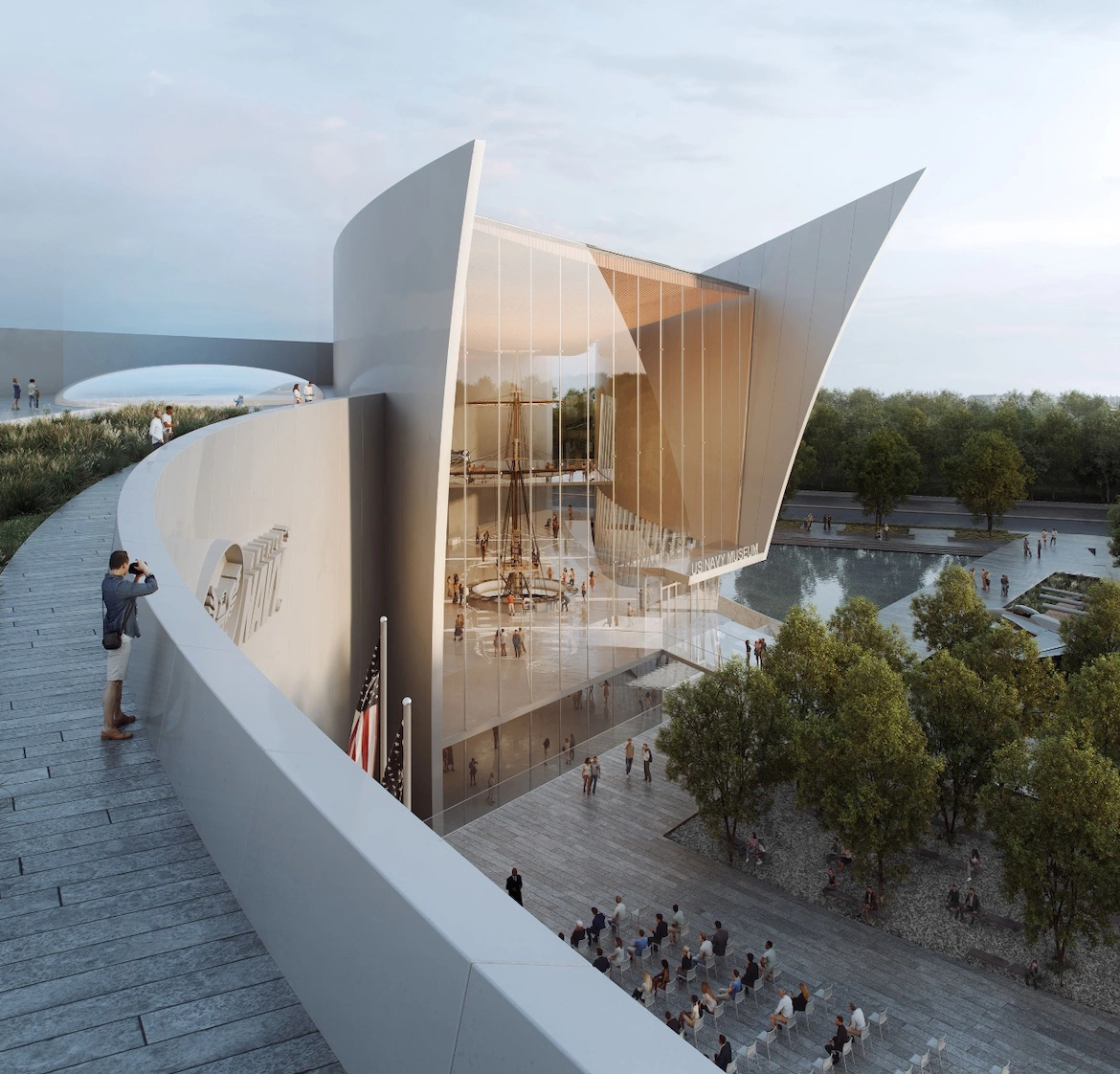
Image by Perkins&Will, courtesy NHHC
“Our proposed ideas emphasize the U.S. Navy’s rich legacy of victory, valor, and sacrifice, with a focus on remembering, honoring, and preserving history,” said Zena Howard, cultural and civic practice chair at Perkins&Will and managing principal for the competition team. “This museum will be an opportunity to reflect on, honor, and celebrate the Navy culture and achievements.”
In a statement, DLR Group described its concept as being water feature–heavy, with such elements located within the building’s foundation, entry, and courtyard.
“Facets of the building’s form are conceived to reflect the ground plane and its terraces on multiple levels with water or sky,” the firm explained. “The building form is composed of three parts—a prominent exhibition volume, an historic structure, and an ancillary wing. A single main entrance is accessed via a ramp within the water feature, from which visitors will enjoy a glimpse of the atrium within the building. Visitors will ascend via an interpretive platform lift to the highest level of the museum and follow ramped walkways to exhibit galleries.”
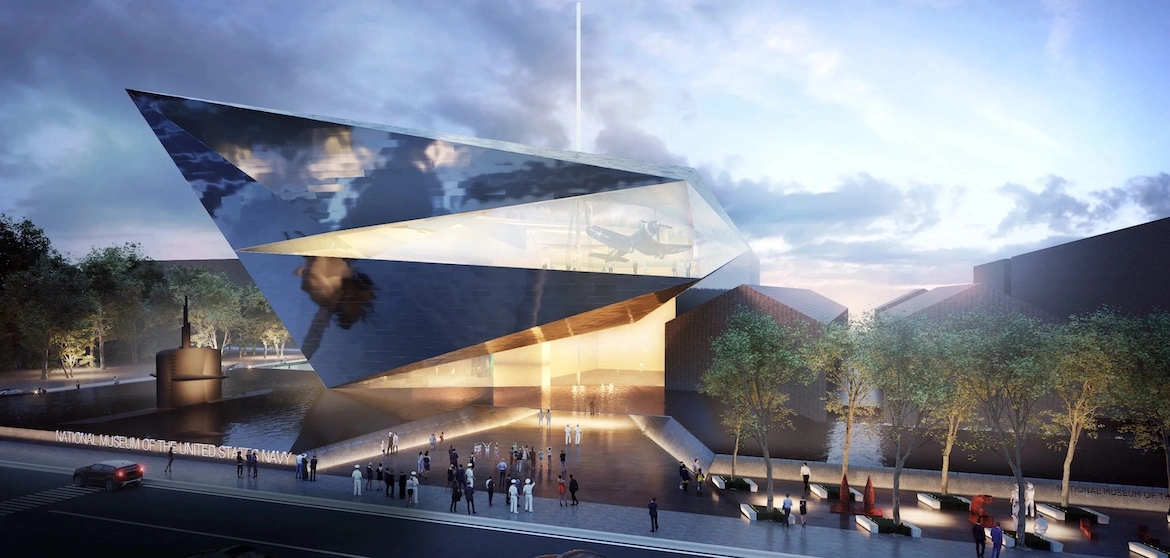
Image by DLR Group, courtesy NHHC
As for BIG, the firm described its concept as being composed of an “array of large-scale vitrines opening up toward a public street, welcoming visitors and locals with an impressive glimpse into the museum’s collection of artifacts inside and outside, conveying the mission, lineage, and breadth, of operations that constitute the U.S. Navy.”
Much like DLR Group, water features play a starring role in BIG’s vision for the new NMUSM to reflect the Navy’s maritime service. “As a Dane and a resident of a houseboat—a Norwegian ferry I converted into my family home— to imagine a museum for the United States Navy is a true labor of love!, said BIG founder Bjarke Ingels in a statement. “The Navy belongs in the water so we put our museum in the water.”
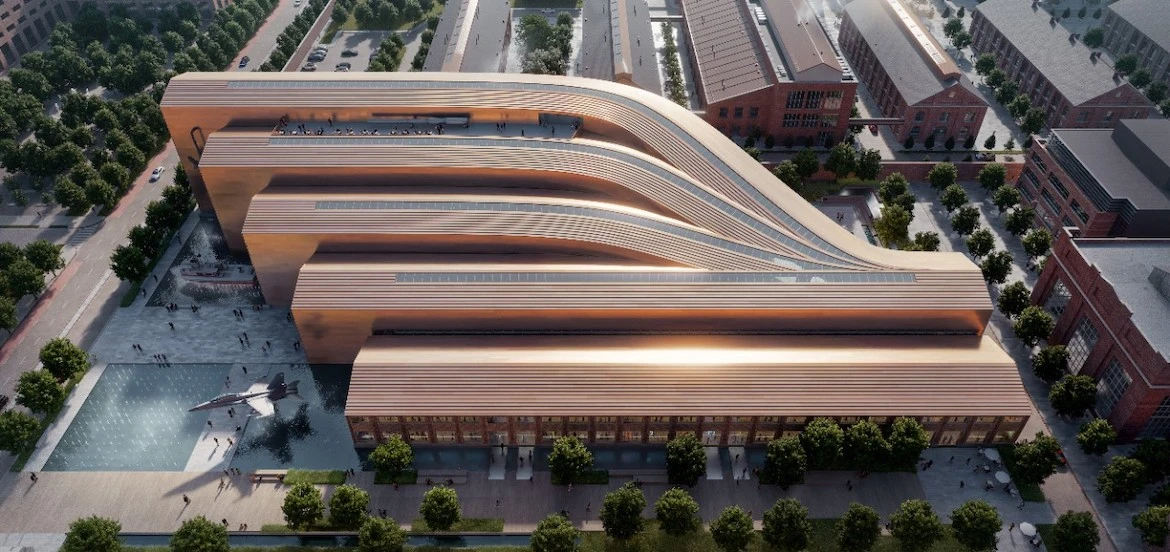
Image by BIG, courtesy NHHC
Per the Post, the new NMUSM could break ground in fall 2025 if the project’s current timetable holds.

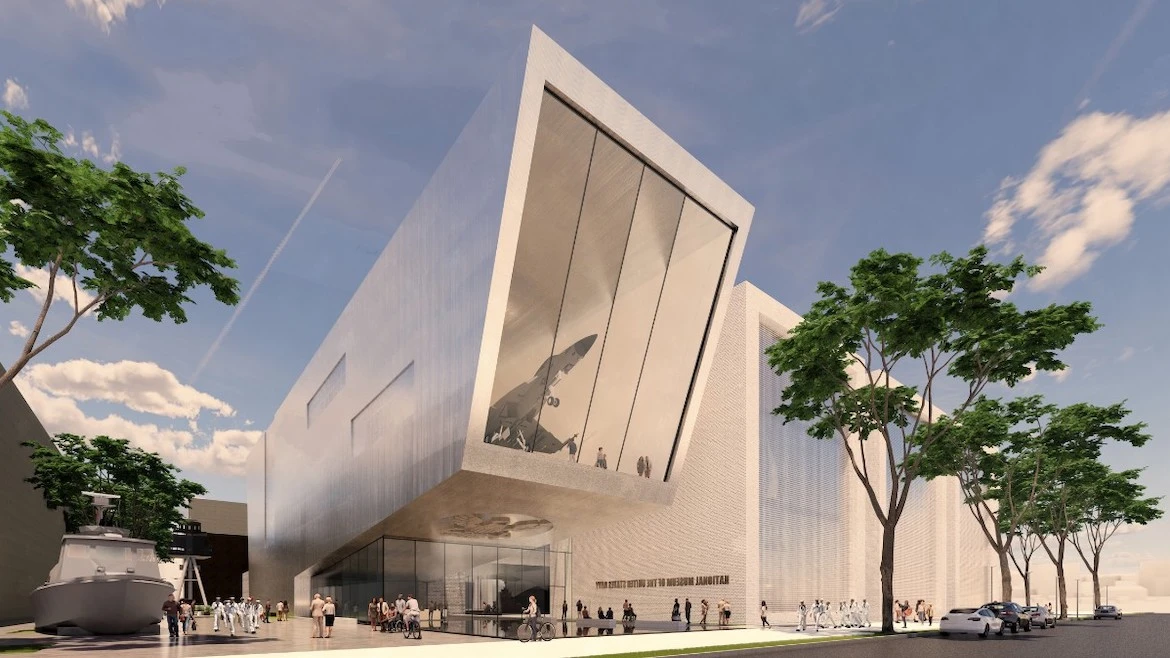
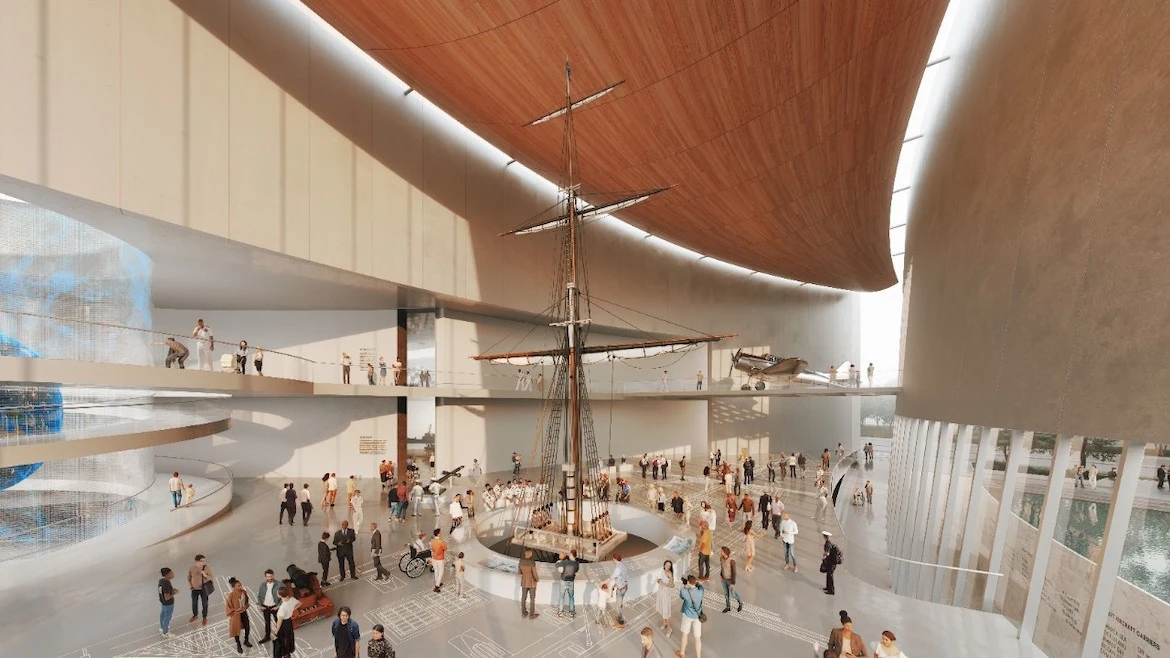


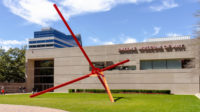
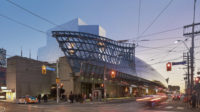

Post a comment to this article
Report Abusive Comment